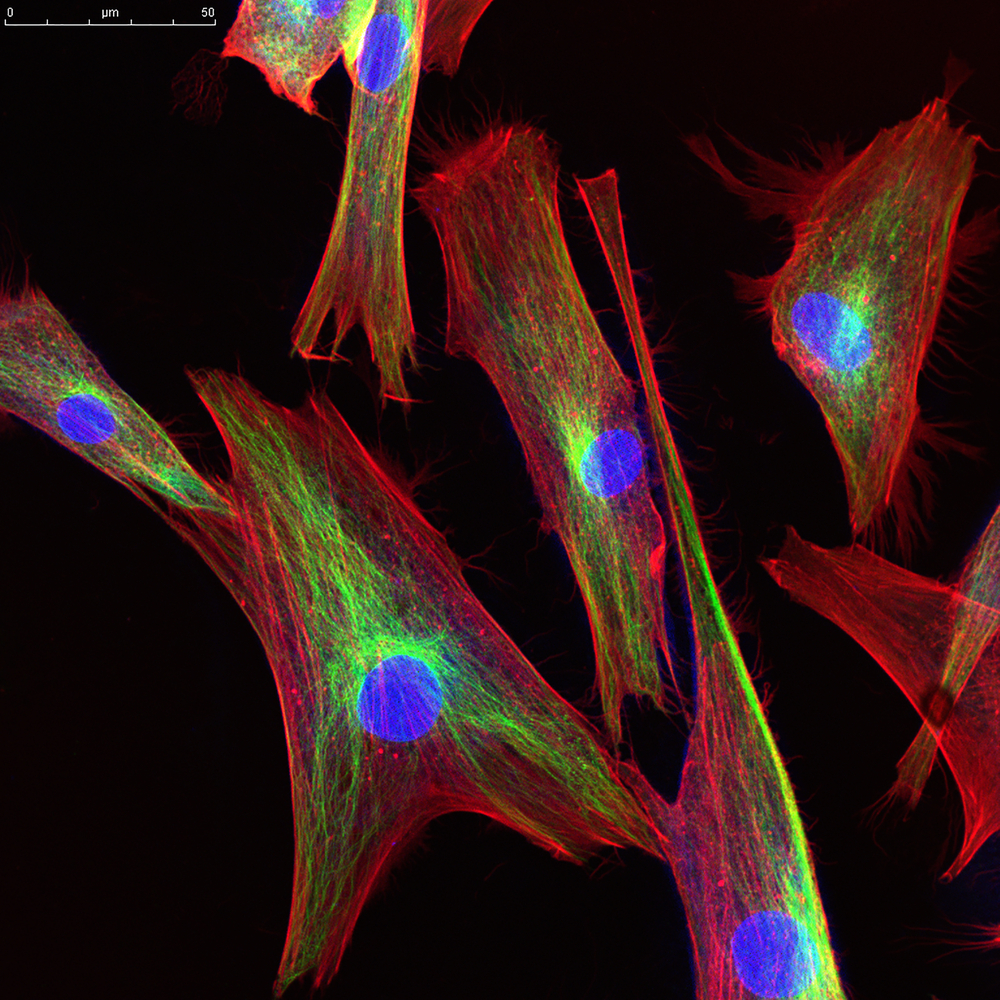New Device Measures Cell Strength Faster, More Accurately, Aiding in Search for MD Therapies

Measuring the physical strength of individual cells is now 100 times faster with a new device called FLECS developed by researchers at UCLA and Rutgers University.
FLECS allows researchers to measure the strength of thousands of individual cells at a time and could make it easier for them to test new therapies for muscular dystrophy and other diseases linked to changes in cell strength, including hypertension and asthma.
“Our tool tracks how much force individual cells exert over time, and how they react when they are exposed to different compounds or drugs,” Dino Di Carlo, professor of bioengineering at the UCLA Henry Samueli School of Engineering and Applied Science and the project’s lead investigator, said in a press release. “It’s like a microscopic fitness test for cells with thousands of parallel stations.”
The work that led to the discovery is published in the journal Nature Biomedical Engineering in a study titled “Elastomeric sensor surfaces for high-throughput single-cell force cytometry.”
Cell strength is a vital physical parameter that allows cells to divide and work together in a tissue, as when a muscle contracts.
Loss or decreased cell strength underlies muscle wasting in muscular dystrophy, and abnormally increased physical strength in smooth muscle cells that line the airways contributes to asthma.
“With this new tool, we can now test for potential therapeutics that can restore normal cellular force generation and therefore restore function to diseased tissues made of these cells,” said Di Carlo, who also is a professor of mechanical and aerospace engineering and a member of UCLA’s California NanoSystems Institute.
FLECS, which stands for fluorescently labeled elastomeric contractible surfaces, is made from more than 100,000 X-shaped micropatterns of sticky proteins that ensure cells attach to them. The X’s shrink upon cellular attachment and are fluorescent so that researchers have a visual parameter to assess the level of shrinkage.
“This technology is a game-changer for us drug discovery scientists,” said Robert Damoiseaux, study co-author and a professor of molecular and medical pharmacology at the David Geffen School of Medicine at UCLA.
The new device can analyze thousands of cells across hundreds of conditions in minutes, a process that today relies on human technicians and takes hours to analyze just a few cells, Damoiseaux said.
The platform is also versatile and able to integrate other shapes besides the X, allowing researchers to test a broad range of cell types.
They tested the device for drugs known to induce cells to contract or relax, and used as a model the human smooth muscle cells that line the airways in the body — those that contract during as asthma attack.
FLECS performance supported what had previously been known of how cells reacted to different drugs, but was able to analyze cellular details faster and much more accurately.
Researchers performed additional tests with cells of the immune system, and also tested calcium, a key regulator of muscle cell contraction. Currently, analyzing the amount of calcium in cells is the standard test to extrapolate cellular force. Surprisingly, they found that the results obtained with the standard test for calcium failed to correlate exactly with the level of cellular contraction.
This suggests that the current test is limited, and that FLECS outperforms it by being capable of analyzing individual cells.
“This finding has strong implications for safety evaluations of current drugs where unintended contraction of cells may lead to adverse reactions in patients,” Damoiseaux said.






